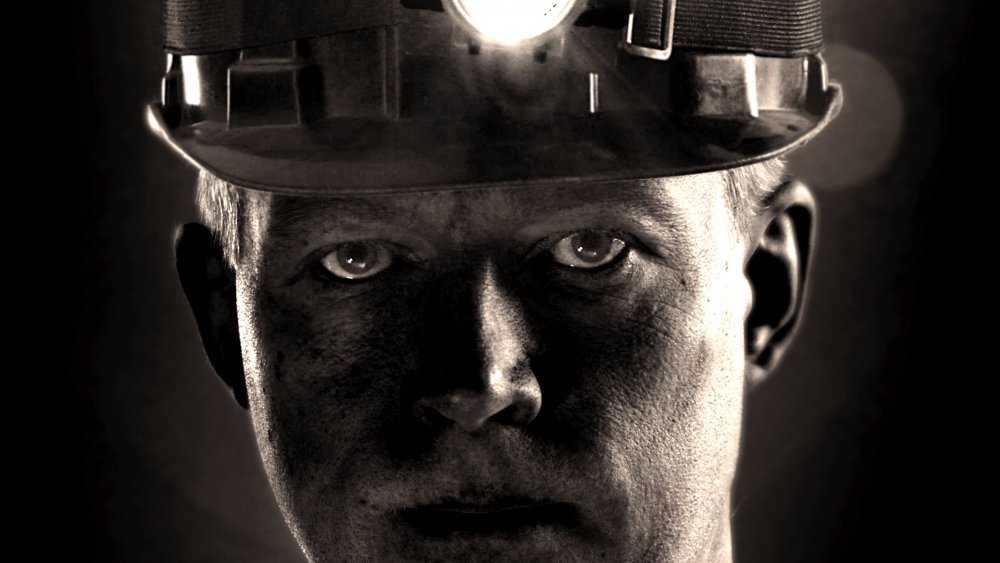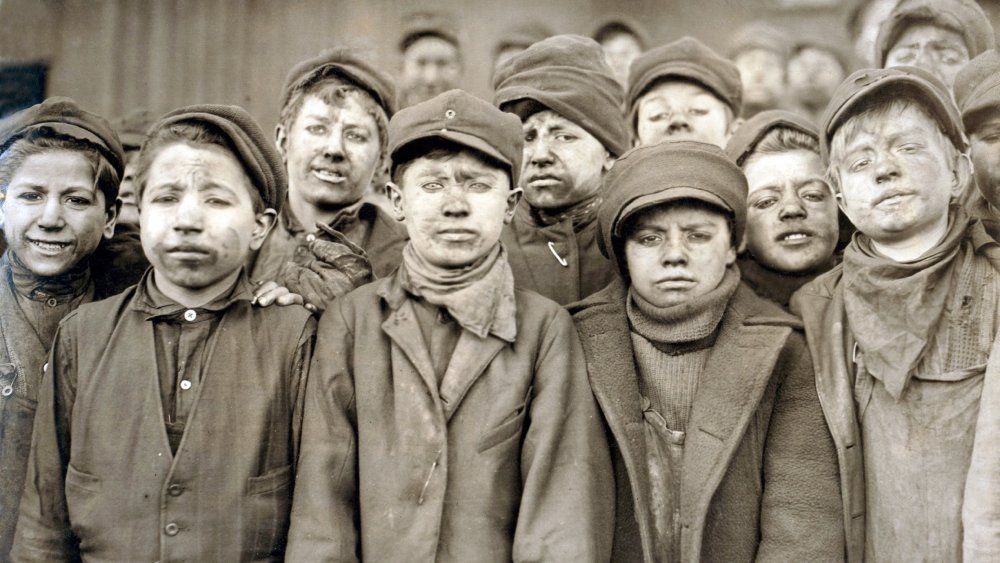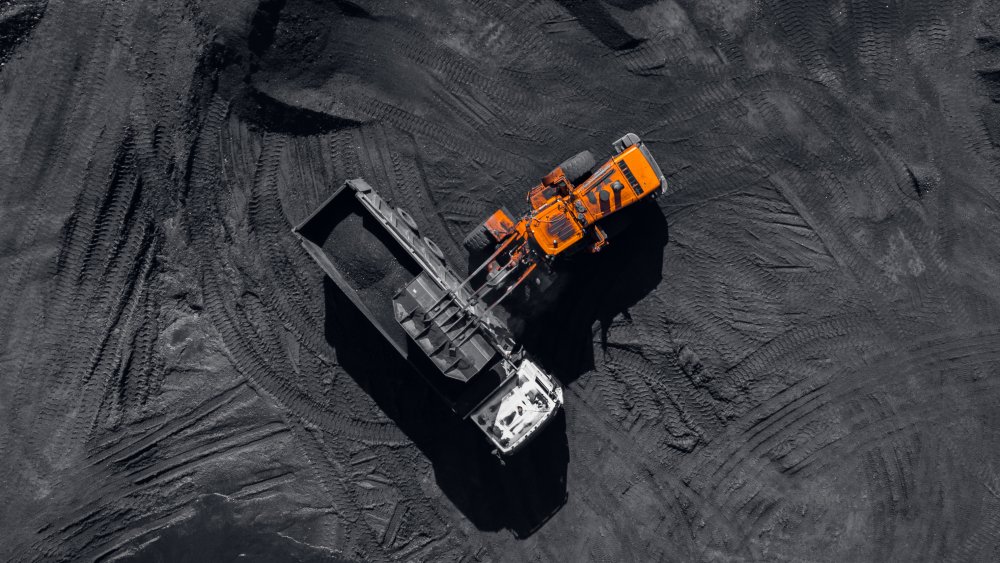The Dark Truth About Black Lung Disease
If you ask Kentucky coal miner Jack Horne, a lung attack is akin to drowning. "The only thing I could liken it to," he said to NPR, "is, like, if somebody ever holds you underwater till you thought you were going to drown. And when you come up, you're gasping for air." Jackie Yates described his situation differently: "You know, it's just, like, turned your lungs to concrete." Horn and Yates were among 17 coal miners with advanced black lung disease who came from across Appalachia to share their harrowing struggles.
Rodney Sexton "lost seven friends" to black lung since 2011. Charles Shortridge described his despair: "I go out, and I just sit down and have a little cry. You know, that's all you do because it's black lung. It's a death sentence." Also known as coal workers' pneumoconiosis, black lung develops through long-term inhalation of coal dust, via West Virginia Public Broadcasting.
For decades the disease seemed to be on the ropes, but now it's nastier than ever. Mine operators and lawmakers could have tackled this issue years ago. But time and time again throughout history, the awful plight of these human canaries in the coal mine has been ignored.
Treating miner problems as minor
For much of the 20th century, U.S. medical professionals refused to acknowledge black lung as a serious illness. Per the West Virginia Encyclopedia, despite three studies on the disease between 1924 and 1945, many physicians insisted that black lung was no big deal. Others cynically accused miners of seeking unearned workers' compensation. Between 1942 and 1968, miners repeatedly pushed for the United Mine Workers of America to work toward helping black lung sufferers obtain compensation, but they repeatedly met pushback.
The entire legislative landscape changed, however, after the 1968 Farmington Mine disaster. Seventy-eight miners died in explosions at the Consolidation Coal Compamy's No. 9 mine. West Virginia Public Broadcasting writes that the mining operation had a "long and notorious history" of putting the bottom line above worker safety, as documented by investigative reporter and journalism professor Bonnie Stewart. In the aftermath, miners began staging walkouts. In West Virginia, 40,000 workers went on strike. Congress responded with the Federal Coal Mine Health and Safety Act, which, according to Popular Science, established the first national standards for mine safety and set restrictions on coal dust exposure.
Smaller particles, larger loopholes
Popular Science says that from the 1970s until about 1990, rates of black lung plummeted among coal miners using a healthcare and preventative care program that began in the '70s. But in the early 2000s, the disease returned with a vengeance. Researcher David Blackley of the Centers for Disease Control noted that black lung used to strike miners who were in their 70s or 80s. But more recently, people 20 and 30 years younger are coming down with it. 2018 saw "the largest cluster" of sufferers ever recorded.
Part of the spike arises from advancements in mining equipment. Companies now go after thinner seams of coal, which produces more rock, which gets reduced to incredibly fine particles. Among them is silica, which is 20 times more toxic than coal dust, per the Guardian. Mining regulations are ill-equipped to account for that difference, focusing on exposure to amounts of dust rather than types. Mine operators make things worse by faking their compliance to safety regulations. Federal mine inspector Richard Allen told NPR that one owner went so far as to sample his office carpet for dust to mask the amount of coal dust in the mine.


